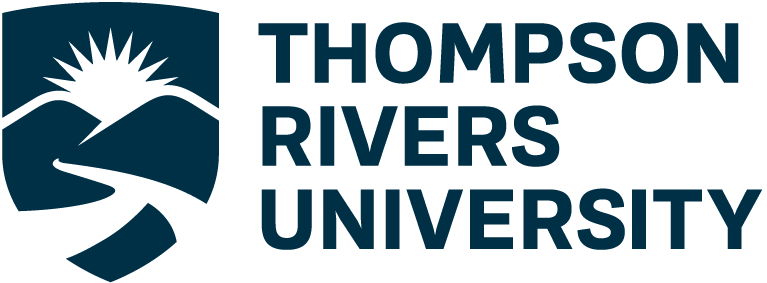The Power of Multimedia Learning
(History, benefits, why it should be incorporated, importance)
The way students adapt and learn skills has changed, which has led to a change in the teaching styles of educational institutions by integrating media and online platforms for learning. Therefore, these are the considerations to enhance the power of multimedia learning:
- Choosing from Diverse Options: Students can choose from various media channels to communicate their understanding of the information and present it using technology, thus improving their critical thinking abilities, independent problem-solving skills, and creativity and innovation.
- Providing Quality Learning: Reducing the amount of text online and incorporating different multimedia tools can make online learning more engaging and fun.
- Promote Student-Centred Learning: Online courses are designed to empower students to explore, navigate, and solve problems independently by integrating multimedia components, storytelling pieces, and interactive digital media.
Media Attributions
The featured image was created by Jung-Lynn Jonathan Yang under a CC BY-NC-ND 4.0 license.

